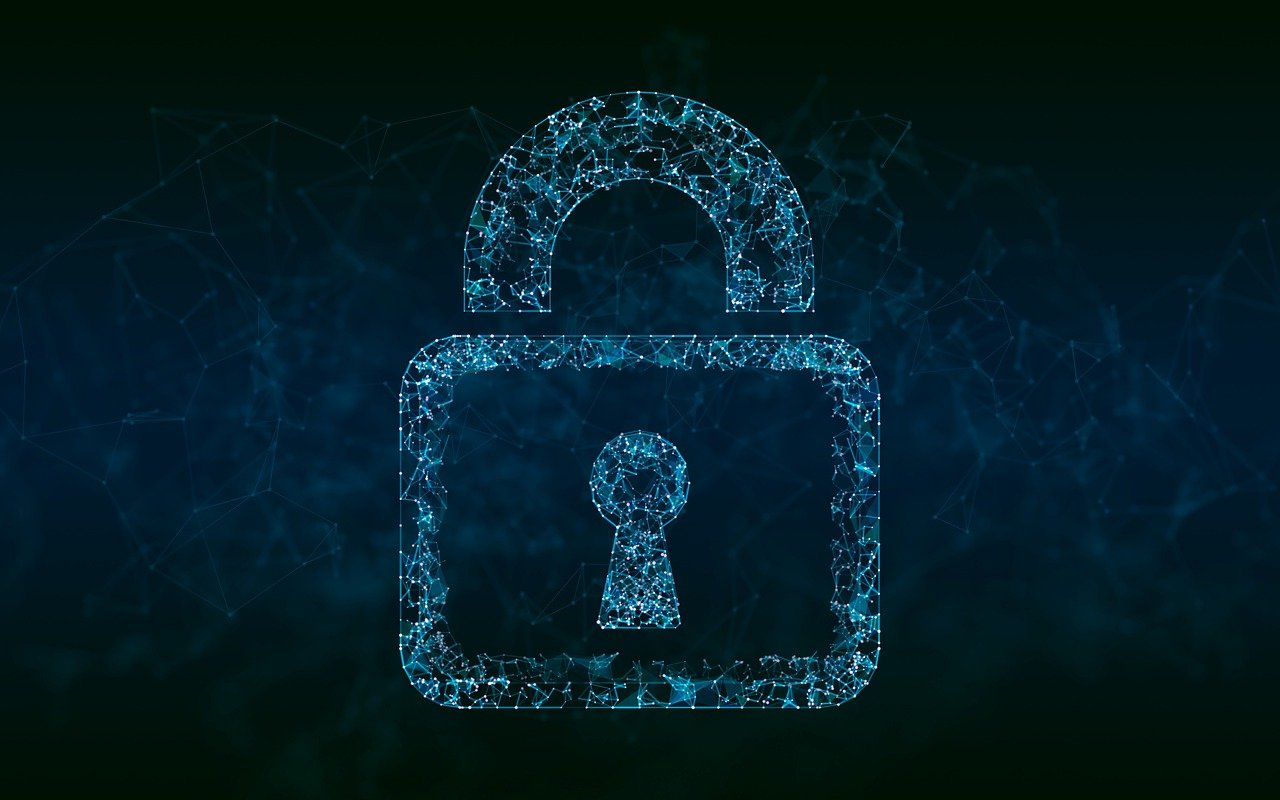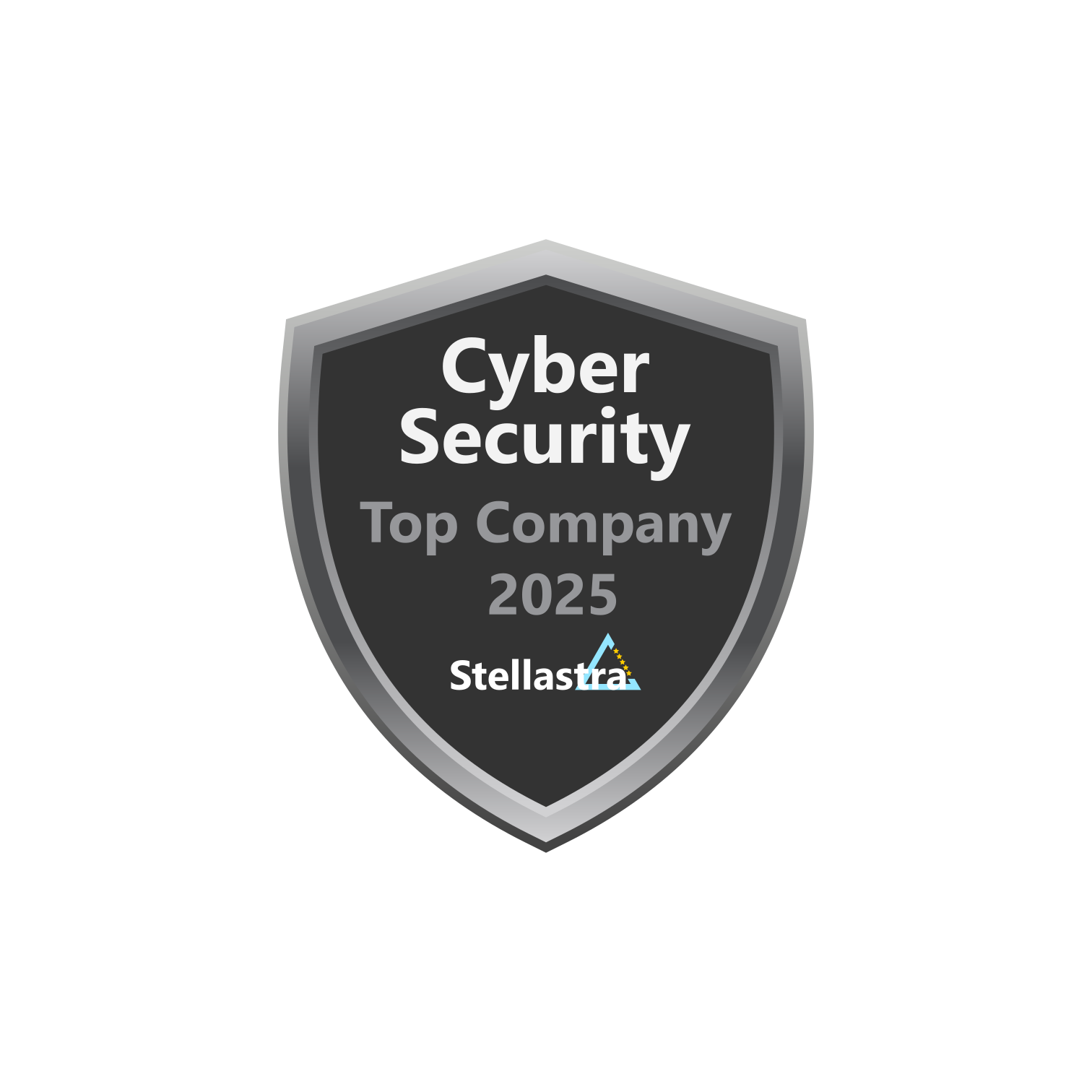· 4 min read
What is Risk Management | Definition and Meaning
Risk management is the process of identifying, assessing, and mitigating risks to minimize potential losses and seize opportunities for organizations.

What is Risk Management?
Risk management is a crucial process that involves identifying, assessing, and mitigating risks that may adversely affect an organization. This systematic approach helps businesses minimize potential losses and seize opportunities. In today�s fast-paced and often unpredictable environment, effective risk management is essential to ensure sustainability and growth.
Defining Risk Management
At its core, risk management is the discipline of recognizing potential risks to an organization�s capital and earnings. It encompasses various facets including financial, operational, strategic, and compliance risks. Risk can simply be defined as the possibility of loss or injury. Thus, the ultimate goal of risk management is not just to eliminate risks, but to understand and control them to protect assets and achieve organizational objectives.
What Are the Steps Involved in a Risk Assessment?
A comprehensive risk assessment is foundational to effective risk management. While specific processes may vary by industry and organization, generally, there are several critical steps involved:
Identify Hazards: The first step in any risk assessment process is to identify potential hazards that could negatively impact the organization. This could involve consulting employees, reviewing past incidents, and analyzing environmental factors.
Analyze Risks: After identifying hazards, the next step is to evaluate the risks associated with these hazards. This assessment includes determining the likelihood of occurrence and the potential consequences if they do materialize.
Evaluate Risks: Once risks are analyzed, organizations must decide how to manage them. This can involve accepting the risk, avoiding it, transferring it (via insurance, for example), or mitigating it by implementing control measures.
Control Measures: Implementing strategies to mitigate recognized risks is crucial. This may include training employees, upgrading equipment, or introducing new policies and procedures.
Monitoring and Review: Continuous monitoring of risk factors and control measures is essential. Organizations need to review their risk management strategies regularly to ensure they remain effective in changing environments.
Best Practices in Risk Management
There are several best practices that organizations can adopt to enhance their risk management processes:
Establish a Risk Management Framework: Develop a structured approach that aligns risk management with business objectives. This makes the process systematic and consistent.
Engage Stakeholders: Including various stakeholders, such as employees and management, in the risk management process fosters a culture of risk awareness and promotes collective responsibility.
Embrace Technology: Utilizing advanced risk management software and tools can help in data collection, risk analysis, and monitoring measures efficiently.
Regular Training: Providing ongoing training for employees in risk identification and management functions is critical. A well-informed workforce is better equipped to prevent and respond to risks.
The Five-Step Process of Risk Assessment
When facilitating risk management efforts, organizations often follow a five-step process in their risk assessments:
- Identify Hazards
- Analyze Risks
- Evaluate Risks
- Implement Control Measures
- Monitor and Review
This structured approach ensures that all relevant risks are considered and addressed effectively.
Risk Management in Project Management
In project management, effectively managing risks is vital to project success. Risks can arise from various sources, including technical challenges, resource allocation, and stakeholder engagement. Here�s how risk management integrates into project management:
Project Risk Assessment: Similar to general risk management, project risk management involves identifying, analyzing, and responding to potential project risks.
Continuous Monitoring: Throughout the life of a project, continuous monitoring and reassessment of risks are necessary to adapt to new developments and changes in scope.
Documentation: Keeping detailed records of risks and mitigation strategies allows project managers to learn from past experiences and improve future project planning.
Safety Risk Management
In industries such as manufacturing, construction, and healthcare, safety risk management takes precedence. The primary aim is to safeguard employees and assets while complying with regulatory standards. Key components include:
Identifying Hazards in the Workplace: Conduct thorough assessments to pinpoint potential hazards that could lead to injuries or incidents.
Implementing Safety Protocols: Establish clear safety protocols and ensure all employees are trained and aware of these guidelines.
Risk management is an essential aspect of any organization�s strategy. It provides a structured framework for identifying and mitigating risks, ensuring sustainable growth and operational efficiency. By understanding the steps involved in risk assessment and adopting best practices, organizations can significantly bolster their risk management capabilities. In a rapidly changing world, effectively managing risks is not just a precaution; it is a strategic imperative.

